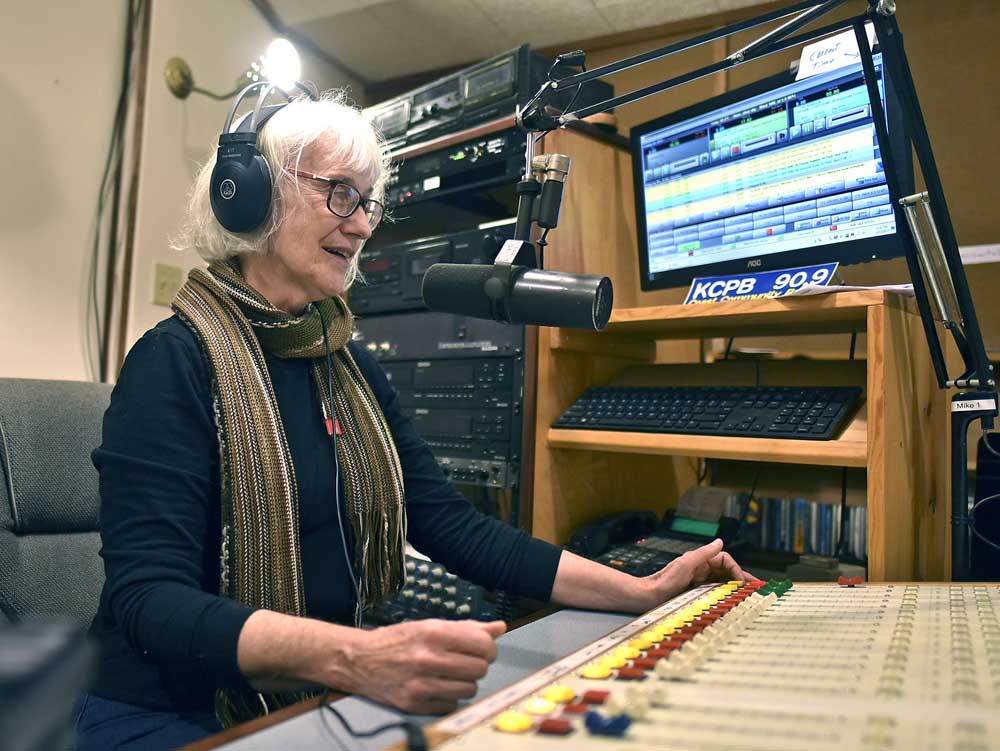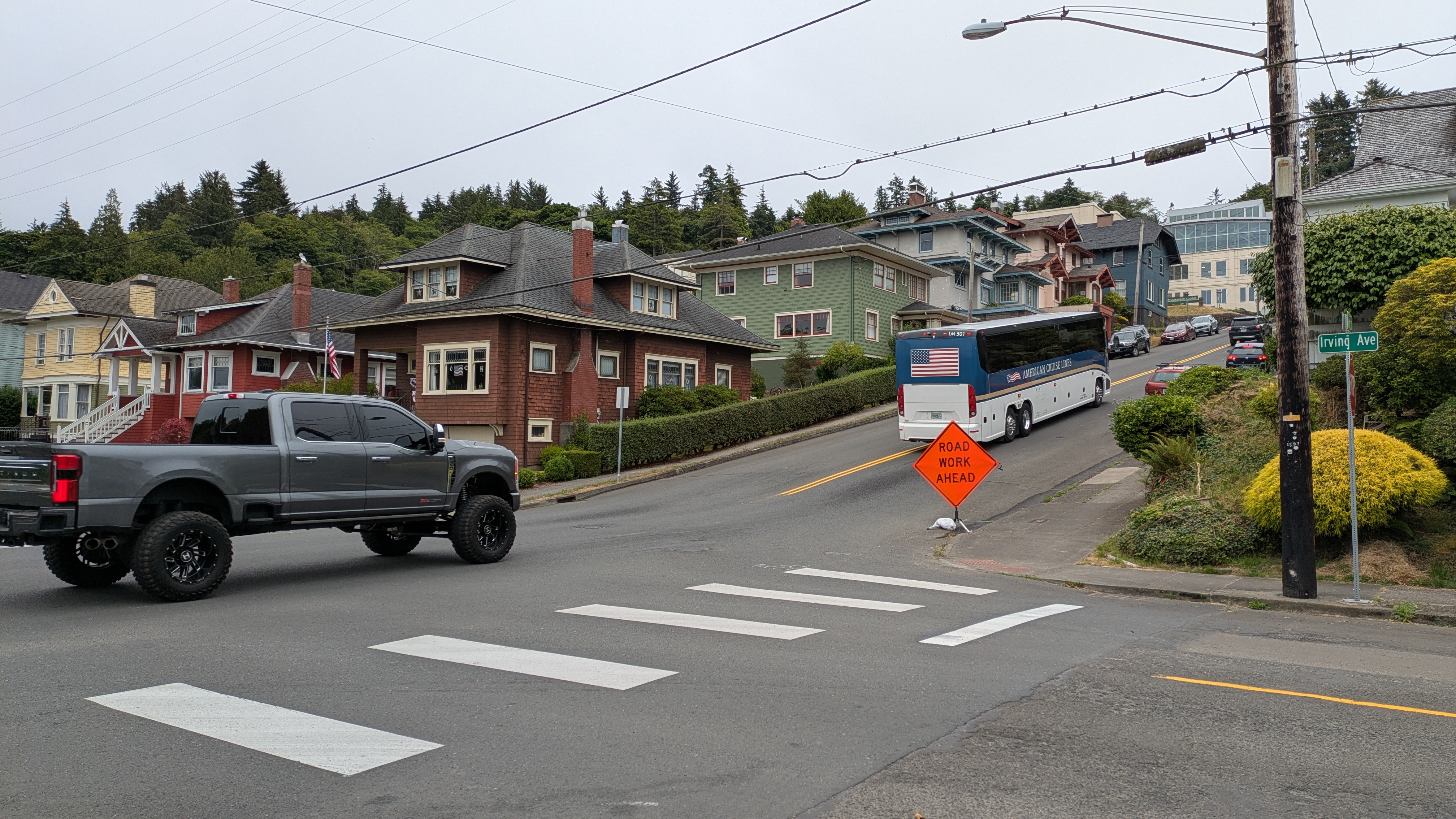Price tag for new public safety building: $32.4M to $33.4M
Published 1:39 pm Thursday, May 22, 2025


GEARHART — The company managing construction of a new public safety building revealed a final price tag between $32.4 million and $33.4 million for the project at a town hall meeting Monday.
The million-dollar difference depends on whether the city chooses a new building separate from the currently adjoining Public Works Department and nearby City Hall — $32.4 million — or a consolidated single structure — $33.4 million.
Gearhart has sought to build a new firehouse or public safety building for years to replace the fire station on Pacific Way, which was built in 1958. The fire station has been the preferred choice as the location for a new public safety building among a vocal faction of residents.
Trending
The newly projected price is a far cry from the estimates made in 2022 that presented a $14.3 million cost for a new public safety building. Many of those same residents voted against a $14.5 million bond measure for the project later that year, citing excessive expenses.
John Pete of Portland-based FFA Architecture and Interiors said that building costs have escalated 6% per year since then, and that due to the location chosen for the new building — the site of the current fire station on Pacific Way — the public works department would have to be included in the project.
The previous site chosen in 2022 — off Highlands Lane along U.S. Highway 101 — also had much more viable soil, so more deep soil mixing, erosion control, etc. will be needed for the new location on Pacific Way.
“That required soil amendments down to 15 feet,” Pete said, referring to the Highlands Lane site. “This requires soil amendments down to 65 feet. That’s a pretty significant cost increase.”
The newly proposed location is also in the tsunami inundation zone, meaning that key elements of the building must be elevated above 20 feet and that the structure itself must be made seismically sound. The current fire station must also remain functional and operational as the new building is constructed on the same site, creating additional difficulties.
Lastly, Pete cited uncertainty around potential tariffs. Contractors across the market are unsure of what to expect from costs of materials within the next year, and cost estimators are unable to give definite projections.
Trending
The $32.4 million and $32.4 million budgets are broken down into several components. First are hard costs — the direct expenses paid to contractors for construction, including earth work, mechanical, electrical and plumbing systems, and wall and roof structures. For a separated building, the hard costs amount to $14.7 million. For the consolidated version, the total is $15.2 million.
Next are margins and adjustments, totalling $6.9 million for the separated model and $7.1 million for the consolidated option. Margins and adjustments cover nonconstruction fees, like Oregon’s 1.5% green energy requirement, a 3% contractor contingency, general contractor costs and phasing to keep the current fire station operational during the transition.
Workers are set to break ground on the new public safety building in June 2027, and a continued projection of a 6% increase in building costs adds $2.6 million and $2.7 million to the separated and consolidated versions, respectively.
Soft costs — land acquisition, legal and architectural fees, furniture, and the commissioning of building systems — land the project at an additional $4.8 or $4.9 million.
And finally, an owner’s contingency of $3.4 million or $3.5 million is meant to serve as a buffer for any unforeseen issues like unexpected site conditions or tariff-driven increases in costs of materials.
“You have the money there in order to overcome that,” said Chris Mastandrea of the Klosh Group, referring to the contingency costs. “And it just doesn’t stop the project immediately and put it on hold because of some unforeseen risk that popped up … We are seeing, right now, the real cost in tariffs. Quotes from December (2024) for plumbing fixtures and comparing them to quotes that I’ve received in April (2025), there is a real cost increase.”
Though some residents were taken aback by the total projected costs, Councilor Preston Devereux, a former volunteer firefighter with the city, warned of potential consequences that may occur if another bond measure for the project is rejected.
He said that although the Occupational Safety and Health Administration had given Gearhart a pass in the past, government agencies have been “waiting to find out when Gearhart is finally going to come out of the 18th century as far as what their public services are.”
The current fire station houses only one bathroom, shared by male and female firefighters, Devereux said. Additionally, it has no showers, no decontamination facilities for fire or police, limited space for turnout gear, no exhaust handling system, and fire bays that no longer fit standard engines — Gearhart has been custom-ordering equipment for engines that are smaller than usual in an effort to adapt to the limitations of the bays.
“The risk is that, if we don’t do something, OSHA is going to come in here like a swarm of locusts,” he said. “And there isn’t much we can do to this building as far as retrofitting it to meet their standards, so they’re just going to start fining the city of Gearhart. And they can do up to $2,500 a day.”
After that, Devereux said, the city could see fines from the state fire marshal and negatively impacted insurance ratings.
City Administrator Chad Sweet said a general obligation bond would be the best and least expensive way to go about financing the project with an increase in property taxes.
For the separated plan, the city tax rate is projected to go from $1.47 to $4.39 per $1,000 of assessed property values, while the consolidated plan would see an increase to $4.48.
For example, Sweet said, taxes on a house with a $322,000 assessed value — around the average in Gearhart — would cost an additional $78.35 per month, while an oceanfront property with a $1.9 million assessed value would cost an additional $480 per month.
Even with the projected increase, Sweet stressed that Gearhart’s property taxes would still remain below the Oregon average. He said the city had been looking for grants to help fund the project, but that construction grants have been scarce.
City staff are encouraging residents to vote on either a consolidated or separated property via a survey on the city blog. Next Tuesday, FFA is scheduled to hold a work session with the City Council to discuss survey results, and on June 4, councilors plan to hold a public hearing for community feedback prior to the June City Council meeting.
“June 4th, on the agenda, I think, is an actual chance for City Council to review everything and talk about next steps,” Sweet said.











